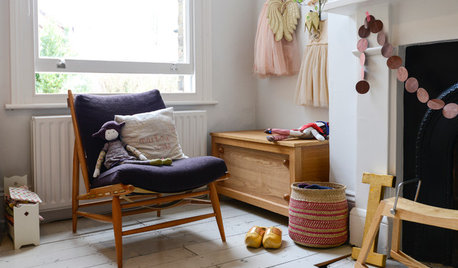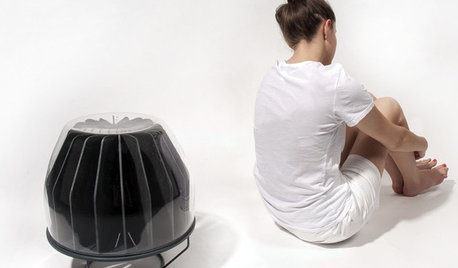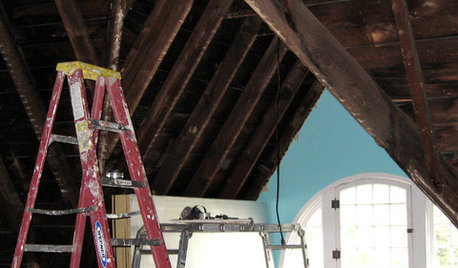How to fix a rattling door & cold showers from oil furnace/heater
tiffanys
14 years ago
Related Stories

HOUSEKEEPINGWhat's That Sound? 9 Home Noises and How to Fix Them
Bumps and thumps might be driving you crazy, but they also might mean big trouble. We give you the lowdown and which pro to call for help
Full Story
LIFEHouzz Call: How Are You Handling the Record-Breaking Cold?
Share your tales, strategies and photos for everything polar vortex
Full Story
FEEL-GOOD HOMESimple Pleasures: Get Cozy on a Cold Day
Some things are best when the weather is bad. Heat up some cocoa and join the discussion
Full Story
ARCHITECTURE15 Smart Design Choices for Cold Climates
Keep your home safe and comfortable in winter by choosing the right home features and systems
Full Story
LIFEHouzz Call: Show Us Your Nutty Home Fixes
If you've masterminded a solution — silly or ingenious — to a home issue, we want to know
Full Story
SELLING YOUR HOUSEFix It or Not? What to Know When Prepping Your Home for Sale
Find out whether a repair is worth making before you put your house on the market
Full Story
GREAT HOME PROJECTSHow to Switch to a Tankless Water Heater
New project for a new year: Swap your conventional heater for an energy-saving model — and don’t be fooled by misinformation
Full Story
GREEN DECORATINGA New Breed of Space Heaters Helps You Stay Toasty in Style
Shiver no more with style-conscious heaters that let you turn down the thermostat and snuggle up in warmth
Full Story
REMODELING GUIDES8 Lessons on Renovating a House from Someone Who's Living It
So you think DIY remodeling is going to be fun? Here is one homeowner's list of what you may be getting yourself into
Full Story
LIFEYou Showed Us: 20 Nutty Home Fixes
We made the call for your Band-Aid solutions around the house, and you delivered. Here's how you are making what's broken work again
Full Story



baymee
tiffanysOriginal Author
Related Discussions
Suggestions to replace our oil back-up furnace?
Q
Talk me into converting from oil to gas
Q
Replacing oil furnace and need advice.
Q
Tankless water heater - one shower got cold
Q
baymee
tiffanysOriginal Author
baymee
baymee
tiffanysOriginal Author
baymee
baymee
tiffanysOriginal Author
baymee
tiffanysOriginal Author
kalining
baymee
tiffanysOriginal Author
baymee
baymee
tiffanysOriginal Author
baymee
tiffanysOriginal Author
baymee
tiffanysOriginal Author
baymee
tiffanysOriginal Author
baymee
tiffanysOriginal Author
baymee
tiffanysOriginal Author
tiffanysOriginal Author
tiffanysOriginal Author
baymee
baymee
tiffanysOriginal Author
tiffanysOriginal Author
baymee
tiffanysOriginal Author
baymee
tiffanysOriginal Author
baymee
tiffanysOriginal Author
baymee
baymee
berlin